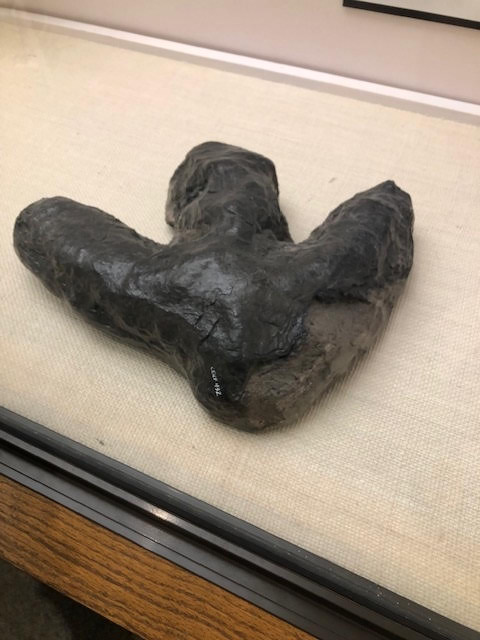
Courtesy & Copyright Mary Heers, Photographer
“Irresistible,” I muttered as I swung my car off the highway at the Brigham City exit. This promised to be the story of a major change in the landscape of one corner of Northern Utah.
Brigham City’s story began in 1854 when 50 pioneer families in Salt Lake committed to build a new city based on the co-operative movement. They promised to pool their resources and work together for the good of Zion. They agreed “not to be greedy for higher wages,” and “ask only for reasonable return on investment.”
The 50 families brought cattle and sheep with them. From the cattle hides they made boots and shoes for sale in their co-op store. The wool from their sheep was milled into blankets and clothes.
They purchased a small cotton farm in Southern Utah and took turns going down to tend it. The women who wanted silk raised mulberry bushes to feed their silkworms. During the cold weather these women sewed the silkworm cocoons into the lining of their dresses and wore them next to their bodies to keep the cocoons warm. Eliza Forsgren took her hand woven big beautiful black silk dress to the Chicago World Fair in 1893 and came home with a gold medal.
Brigham City settled into being one of Utah’s successful small rural towns.
Everything was upended in 1957 when Thiokol Corporation bought 10,000 acres nearby to build their new rocket manufacturing plant and test facility. Engineers and rocket scientists and their families moved in. 187 homes were built in one year. The school was overwhelmed and went on half days as new schools were hurriedly built. At its peak, Thiokol employed 6,000 workers.
I got back in my car to go take a look at what this rocket facility looks like today. As it came into sight, I was immediately struck by the substantial fence – 10 feet high chain link with 3 strands of barbed wire on top. The fence ran across the hillsides for hundreds of acres before disappearing out of sight. Inside the fence I saw windowless box shaped buildings dotting the hillsides, and a few whips of smoke.

West of Corinne, UT
Courtesy & Copyright Mary Heers, Photographer
But the really stunning surprise was a whole new look of the landscape that pointed to a bright future. A giant solar farm had moved in next door.
This is Mary Heers and I’m Wild About Utah
Credits:
Photos: Courtesy Mary Heers,
Featured Audio: Courtesy & © Anderson, Howe and Wakeman
Text: Mary Heers, https://cca.usu.edu/files/awards/art-and-mary-heers-citation.pdf
Additional Reading: Lyle Bingham, https://bridgerlandaudubon.org/
Additional Reading
Wild About Utah, Mary Heers’ Wild About Utah Postings
Boam, Rod, Rocket Garden is a bonus for Golden Spike National Park visitors, Cache Valley Daily, Cache Valley Media Group, Mar 26, 2019, https://www.cachevalleydaily.com/news/local/rocket-garden-is-a-bonus-for-golden-spike-national-park-visitors/article_fe49306a-8ab6-5c32-a2b8-7acf6f40640e.html
Northrop-Grumman in Utah, https://www.northropgrumman.com/careers/northrop-grumman-in-utah
Udy, Boyd, Fifty Years at the Rocket Ranch, Life at Northrop Grumman, https://www.northropgrumman.com/life-at-northrop-grumman/fifty-years-at-the-rocket-ranch
Rural to Rockets, Box Elder County Takes Off, Brigham City Museum, https://brighamcitymuseum.org/event/rural-to-rockets-box-elder-county-takes-off







